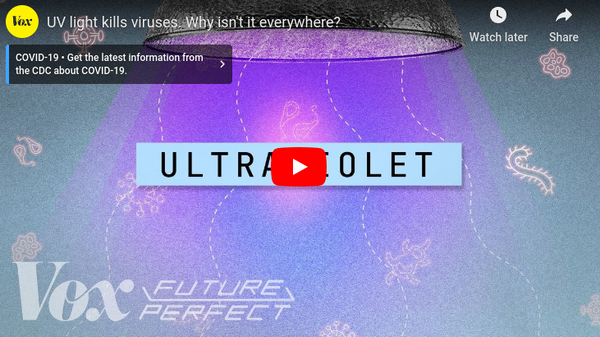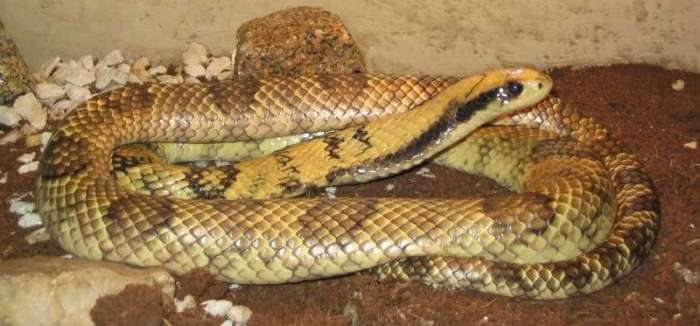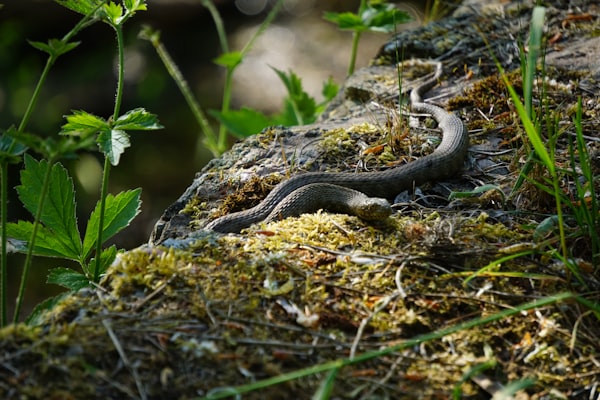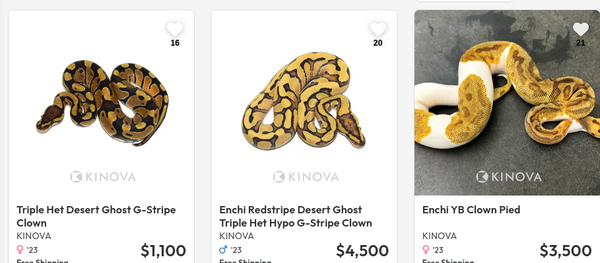The Misnomer of "Wild Type" Reptiles
People often address animals that have desirable patterning (whether that be through linebreeding for polygenic traits or passed down through Mendelian traits) as their morph name and anything else as wild type. This is incorrect.

What This Misnomer Means
People often address animals that have desirable patterning (whether that be through linebreeding for polygenic traits or passed down through Mendelian traits) as their morph name and anything else as wild type.
The idea presented is that morphs are "unnatural" or not occurring in the wild and, often, people that incorrectly use this term suggest that wild type animals somehow have a "more pure" bloodline or similar.
This is entirely misleading.
Where Morphs Come From
Morphs are entirely naturally occurring. Wild animals can express traits desirable to breeders, such as albinism, without any human intervention whatsoever.
There isn't a single "man made" morph.
Mendelian genetics tell us that for any trait, such a pattern disruption or similar, has a 50% chance to be passed to offspring. For albinism and other recessives this would require two copies of the trait--making them slightly more rare in the wild.
Therefore, all traits are wild types.
Why Individuals Intentionally Misuse "Wild Type"
There is a certain penchant for people on the internet, especially those that label themselves as "ethical keepers", to devalue animals bred for specific traits. It is just as likely that you may have an animal with a deleterious gene from the wild as having a gene that causes pattern disruption. The difference is that the sought after genes in the reptile hobby have a phenotype--that is, we can visually see it.
Deleterious genes may go entirely undetected. This is no different than humans that carry genes associated with disease.
It is the authors opinion that often these individuals are trying to devalue animals in the hobby solely because they want cheaper animals or because they want to sell "cheap" animals that they have access to. This isn't ethical or moral in any way.
Genes for Conservation
Many states protect their snakes. You cannot own local species in many states. In some states, like Illinois, common pets like western hognose snakes (heterodon nasicus) are endangered in the area.
Since a trait with a visible phenotype (a "morph") is more desirable in the hobby and widely bred for, we would know that certain combinations of genes would have an outrageous probability of happening in the wild.
An animal carrying a gene with a phenotype expression (a "morph") is very unlikely to have come out of the wild. Therefore, we know these snakes were not removed from the wild and brought into the pet trade–or in other words, we know they were not poached or illegally collected.
People that suggest animals with morphs are somehow inferior and persuade people to avoid buying them are actually taking a less ethical and less moral course of action.
Conclusion
If you prefer the look of a "wild type" animal then you must accept that there is a higher chance that these animals either directly or indirectly were sourced from the wild. Sellers can label these as captive born--which means its parents were field collected. This can also be confusing for new reptile buyers since it is pretty close to captive born and bred--which means they were from existing captive breeding lines.
If you opt to purchase snakes that have at least one morph then you are less likely to be obtaining snakes from less ethical sources.
Instead of addressing these animals as "wild type" in a very misleading manner the more appropriate way to address them could be the commonly used normal. Normal snakes are much more likely to emerge in captive collections than, for example, a lavender albino enchi pastel orange dream clown ball python.





